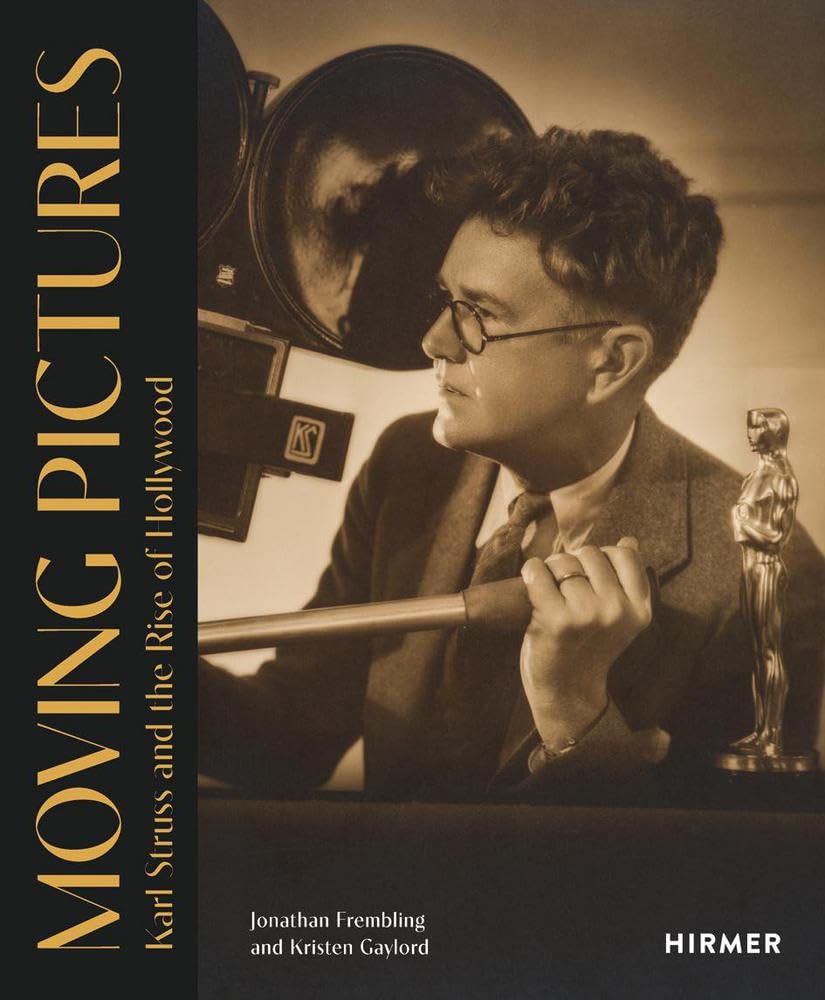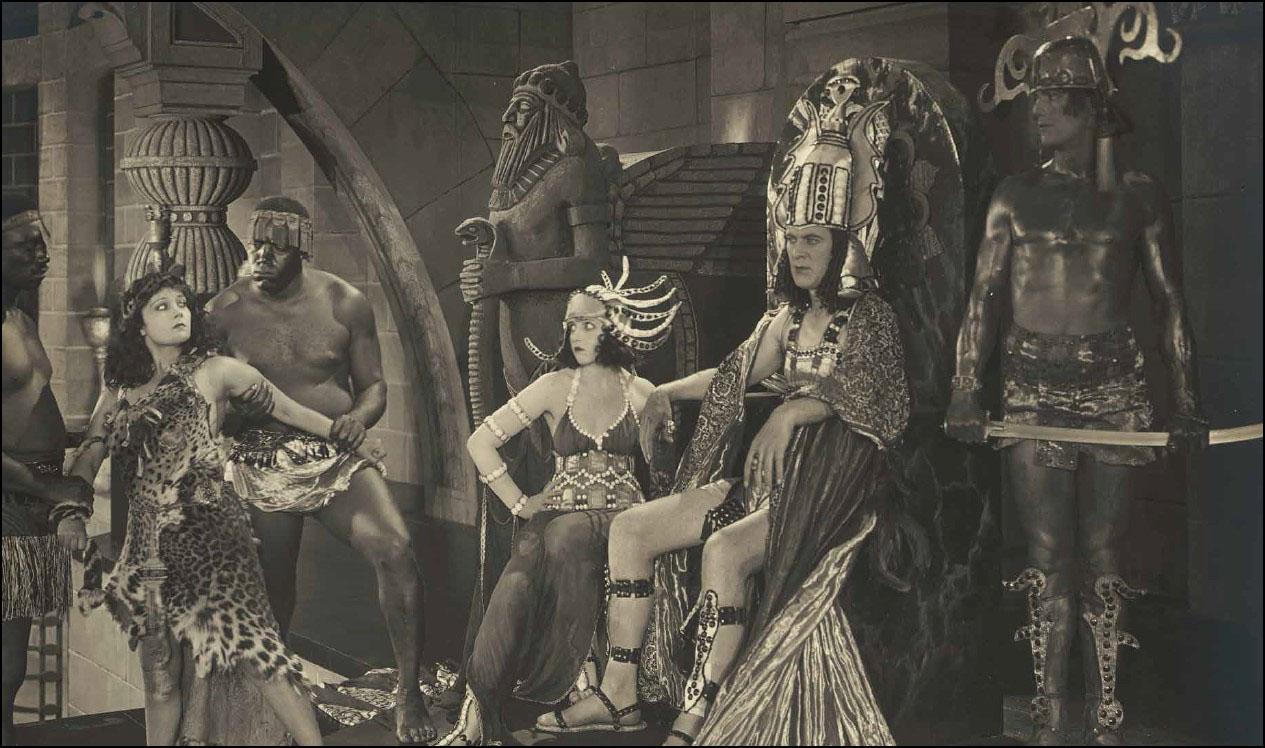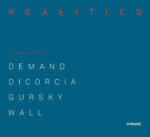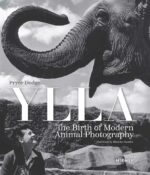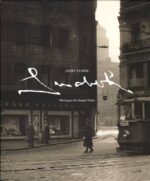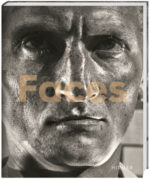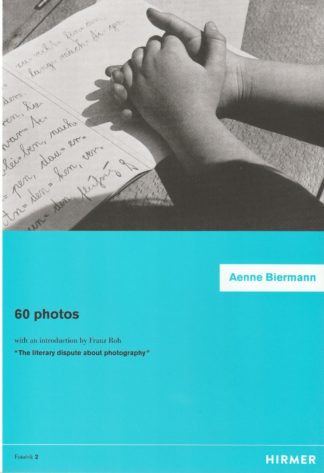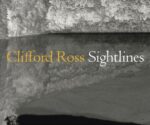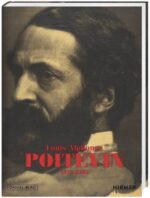« Moving Pictures » examine la carrière hollywoodienne de Karl Struss (1886-1981), un artiste pionnier des images fixes et en mouvement qui a atteint les plus hauts niveaux de succès dans les deux domaines. Il raconte une histoire multimédia à travers des photographies, des films et des objets d’archives pour montrer comment il est passé d’un photographe de beaux-arts acclamé à un grand cinéaste hollywoodien.
Dans les années 1920, Struss passe à un travail plus complet en tant que directeur de la photographie, co-photographiant des films tels que « Ben Hur : A Tale of the Christ » (1925) et « Sunrise : A Song of Two Humans » (1927). Au cours de sa carrière, il a travaillé avec les grands acteurs et réalisateurs de l’époque, dont Charlie Chaplin, Mary Pickford, Mae West, D.W. Griffith et F.W. Murnau. Les contributions technologiques et artistiques de Struss à « Sunrise » en particulier ont été révolutionnaires, et l’œuvre est encore largement considérée comme le summum de la réalisation de films muets. À juste titre, son travail sur « Sunrise » a valu à Struss et au co-photographe Charles Rosher le premier Oscar de la meilleure photographie. Il s’agit de la première étude monographique de Struss en trente ans ; sous la direction de Jonathan Frembling et Kristen Gaylord avec des contributions de John Bailey, Karen Barber et Luci Marzola, photos en n.b.
« Moving Pictures » examines the Hollywood career of Karl Struss (1886–1981), a pioneering artist of both still and moving images who reached the highest levels of success in both fields. It tells a multimedia story through photographs, films and archival objects to show how he progressed from an acclaimed fine art photographer to a leading Hollywood cinematographer.
In the 1920s, Struss transitioned to working more fully as a cinematographer, co-photographing movies such as « Ben Hur: A Tale of the Christ » (1925) and « Sunrise: A Song of Two Humans » (1927). Over the course of his career he worked with the great actors and directors of the age, including Charlie Chaplin, Mary Pickford, Mae West, D.W. Griffith and F.W. Murnau. Struss’s technological and artistic contributions to « Sunrise » in particular were revolutionary, and the work is still widely considered the pinnacle of silent-film achievement. Fittingly, his work on « Sunrise » won Struss and co-photographer Charles Rosher the first Oscar ever awarded for Best Cinematography. This is the first monographic study of Struss in thirty years ; edited by Jonathan Frembling and Kristen Gaylord with contributions by John Bailey, Karen Barber and Luci Marzola.

